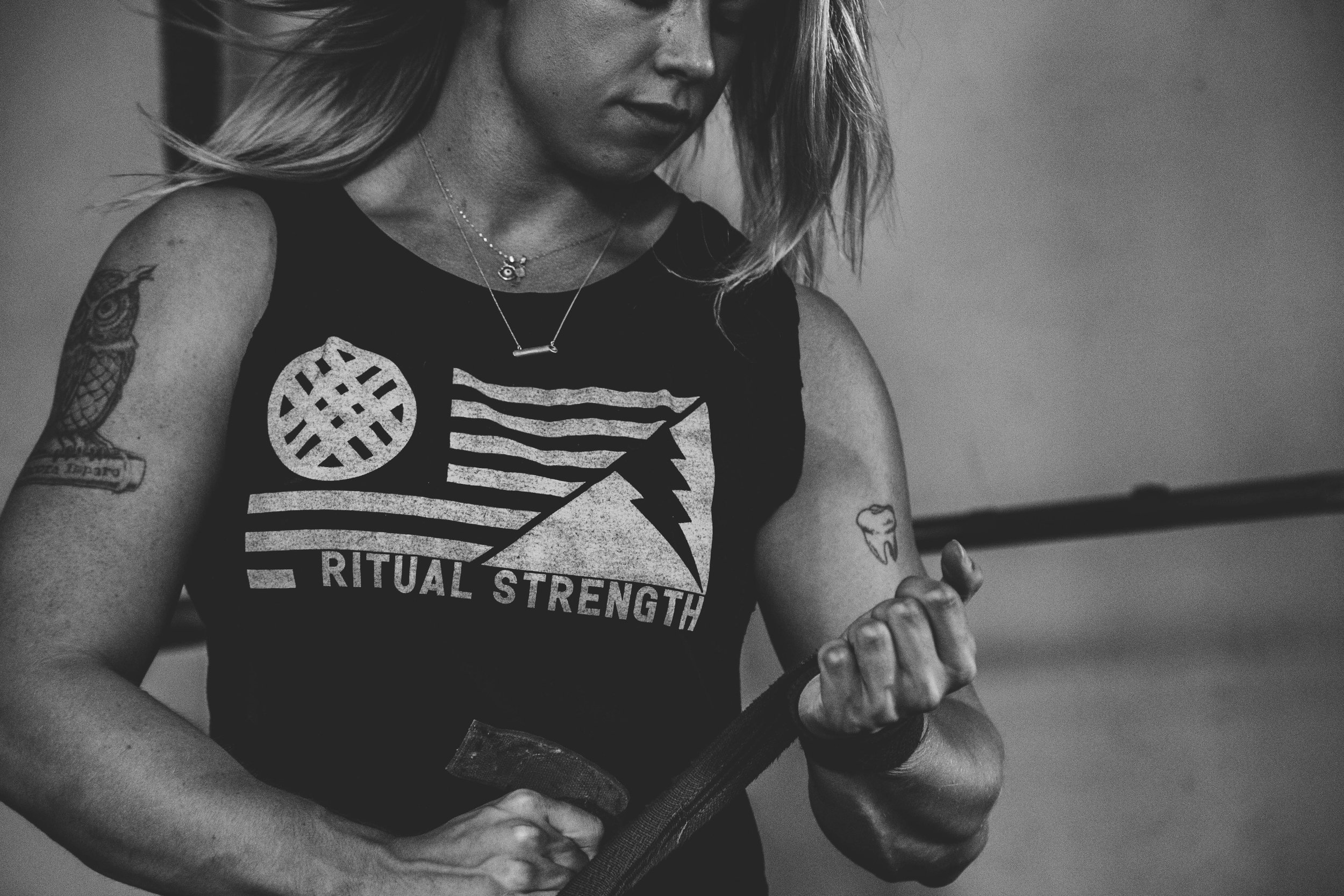Weightlifting Workout Routine Tips: How Hard Should You Push Yourself?
How Hard Should You Push During Weight Training?
Understanding Pain, Progress, and when to Pull Back
Are you wondering if all your hard work in the gym is actually paying off? Maybe you have been going to the gym for months, or even years, but you’re not seeing the results you want. Or perhaps you are starting your weightlifting workout journey, and you aren’t sure if you are pushing yourself hard enough. It is common to feel stuck somewhere in the middle, questioning if you’re doing too much or not enough.
Determining the right level of effort can be tricky. If you’re not seeing results, it does not mean that you are not doing enough- it might just mean that your approach needs a little adjustment. In this blog, you’ll learn how your workouts should feel, what kind of discomfort is normal (and what’s not), and how to apply progressive overload without burning out. With this insight, you will know how to train effectively, reduce your chances of injury, and see the results that you’re working towards.
What a Weightlifting Workout Should Feel Like
When you are lifting weights, you need to push yourself. You should also feel challenged. Lifting weights should not be an easy task- it requires effort. However, effort doesn’t mean that you need to burn yourself out. There’s a very fine line between training hard and pushing yourself past your limit. Try to find your sweet spot (this gets easier over time).
Contrary to popular belief, you do not need to push to failure. Training to failure means that you do reps until you cannot physically complete another rep. This is not necessary all the time.
It’s normal to sweat and feel the burn toward the end of a set. (If you are curious about that burning sensation, check out our blog “The Truth About Muscle Burn: What Really Builds Muscle”). It is also important to keep in mind that dripping sweat and chasing soreness are not reliable markers of a good or effective workout.
So what does effective training look like? Here’s a simple checklist to guide you when you are lifting weights:
Your workout routine should feel challenging. If you’re lifting weights and it feels easy, then you are not pushing yourself enough.
Push your muscles until they’re fatigued. You should feel like you can do 1 or 2 more reps of an exercise. Do not max out on every set, and do not purposely push to failure for every set.
Implement progressive overload into your workout routine. (More on this later).
Be consistent. Progress takes time, and you will see results if you have a consistent workout routine.
Your workout should feel like work, but not punishment.
Good Pain vs. Bad Pain: Know the Difference
Before you dive into the ins and outs of progressive overload, it’s important to understand the difference between “good” pain and “bad” pain during and after your workouts.
After you exercise, you might feel sore. This is common after a challenging workout where you fatigue your muscles. Muscle soreness usually kicks in 24 to 48 hours after a workout and can last for up to a few days. When you lift weights, you create micro-tears in your muscle fibers. As those fibers repair and rebuild, you get stronger and build your muscles. This process is expected, especially when lifting heavier, trying new exercises, or increasing volume.
What’s not normal is pain. The phrase “No pain, no gain” has been thrown around for years. But it’s misleading and should not be taken as sound advice. Pain is not normal during a workout. If you feel a tearing, burning, or anything abnormal while you’re training? Stop what you’re doing. If something makes you say, “Ow!” then you must stop what you’re doing.
According to the National Institute of Health, “Pain can include pricking, tingling, stinging, burning, shooting, aching, or electric sensations.” [1] People experience pain in different ways. The important thing to do is to be in tune with your body. Listen to it.
Again, if you feel pain during a movement in your workout, immediately stop what you are doing. Do not push through the pain. Pain is your body's way of warning you that something is wrong- do not risk injury or worsening an injury by ignoring the signals of your body. Also, if you feel pain for more than a few days, do not continue working out; instead, seek out a medical opinion.
As previously stated, a workout should be challenging. It should not be painful. Do not push through the pain.
Understanding Progressive Overload
Now it’s time to get into the details about how to make sure you are progressing. If you have been working out for a while, you might notice that some movements become easier. Perhaps you have noticed that you are simply not making the gains that you want. This sometimes happens if you are not challenging your body.
Let’s say that you include shoulder presses in your workout routine. You press 25-pound dumbbells. You do 3 sets of 10-12 reps every week. During week one of your workout routine, this exercise is a challenge! However, after a few weeks, you notice that it has become easier to lift this weight. The 25 pounds starts to feel light, and the exercise is easier. This is where the magic of progressive overload needs to come into play.
The National Academy of Sports Medicine describes progressive overload as “increasing the repetitions, intensity, timing, distance, or introducing a variety of movements to increase the demand on the muscles.” [2]
There are a few safe and effective ways to apply progressive overload to your weightlifting workout routine:
Add more reps.
Add more sets
Increase the weight
Slow down the tempo.
Keep in mind that you do not do this all at once. Do not add more reps, more sets, more weight, and slow down the tempo all at once. Make small and consistent adjustments over time. Here is an example of what progressive overload can look like for the dumbbell shoulder press exercise that you started.
Week 1: 25 pounds. 3 sets. 10-12reps.
Week 2: 25 pounds. 3 sets. 12 reps.
Week 3: 25 pounds. 4 sets. 10-12 reps.
Week 4: 27.5 pounds. 3 sets. 10-12 reps.
Week 5: 27.5 pounds. 3 sets. 12 reps.
Week 6: 27.5 pounds. 4 sets. 10-12 reps.
This is a slow and structured progression. You are adding reps, then sets, then weight. Progressive overload is vital when it comes to challenging your body and building your muscles. If you have noticed a plateau in your progress or you’re not building muscle at the rate that you’d like, then you must incorporate progressive overload into your weightlifting workout routine.
Closing Thoughts: Progress Comes from Smart Effort
A good weightlifting routine should always challenge you, but that challenge should never come at the cost of your safety. If you want to see progress, you have to embrace discomfort, stay consistent, and push yourself out of your comfort zone. But remember: there’s a big difference between pushing through effort and pushing through pain.
Pain is your body’s way of telling you something is wrong. If you feel sharp, sudden, or unusual pain during a workout- even just a small twinge- stop immediately. Ignoring those warning signs can lead to injury or make an existing issue worse. Challenging your muscles is necessary for growth. Pushing through pain is not.
Weightlifting shouldn't feel easy, but it also shouldn’t break you. Learn to trust your body’s signals. Progress comes from training consistently and gradually increasing your workload through progressive overload. This method keeps your workouts challenging while helping prevent injury, because you're progressing in a controlled and intentional way.
In short: train hard and train smart. Stay consistent, challenge yourself, and always listen to your body. That’s how you build strength that lasts.
Are you ready for a structured weightlifting workout plan, nutrition supper, exclusive fitness challenges, and a motivating community? Join our VIP Program for just $30/month and take your training to the next level. Sign up here- we can’t wait to cheer you on!





